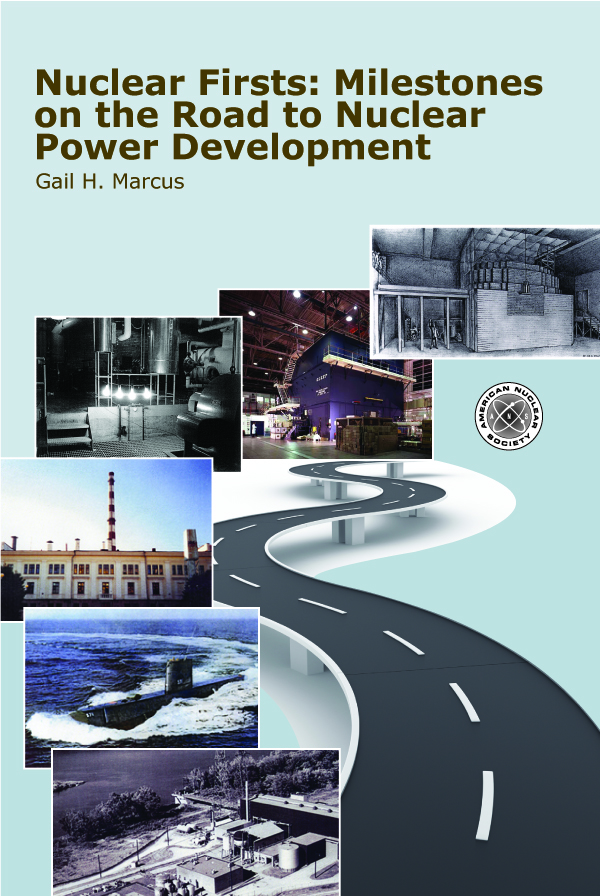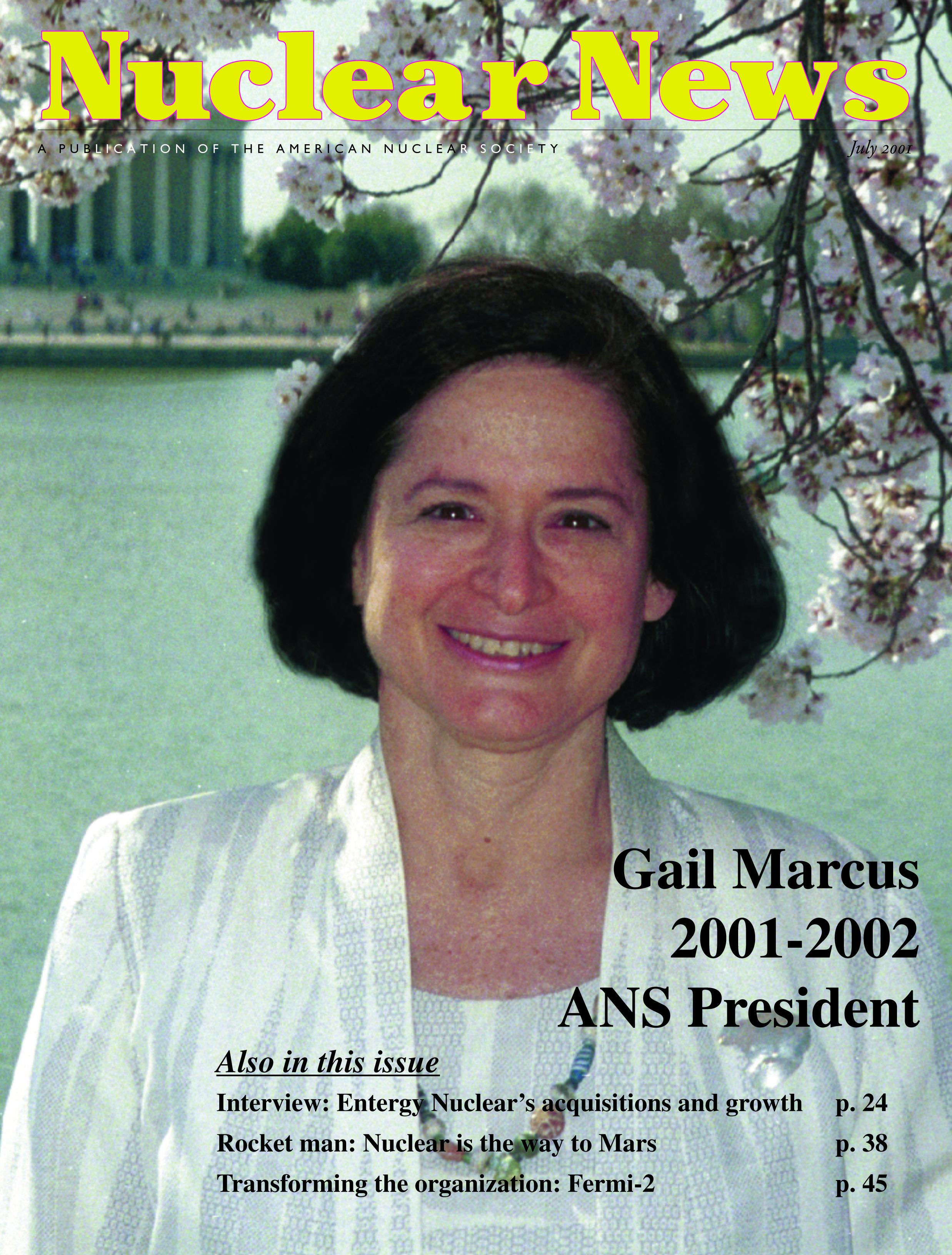Setting the stage for dialogue about the future of nuclear power
I am very honored to have been asked to write the first guest blog for ANS's newest venture-the Nuclear Cafe. This effort is a valuable new opportunity for ANS to provide a platform for credible, fact-based discussions of important nuclear issues, and I look forward to seeing it become an influential voice of reason on the Internet.
In searching for an appropriate theme for this essay, I faced a peculiar difficulty. While I hope many guest blogs in the future will focus on specific areas where a rational discussion is needed, I felt that the first such essay should be broader.

After much thought, it occurred to me that some of my own recent work holds messages that would be very appropriate to discuss in setting the stage for the dialogue that I hope the ANS blog will foster. I have just finished writing a book-Nuclear Firsts: Milestones on the Road to Nuclear Power Development-to be published by ANS next month (see ANS Store to pre-order) that chronicles the history of nuclear power through the stories of the milestones in the development and deployment of the technology. Sometimes looking backward can illuminate the path forward as well, and some of the messages that I took from my review of history that may be relevant to our on-going discussions about the future of nuclear power include the following:
Honeymoons don't last forever: As I watch public opinion on solar and wind energy unfold, I am very much reminded of the evolving public view of nuclear power. It is very impressive to see how many major figures of the day lent their names and images to early nuclear initiatives-I found photographs of U.S. presidents and European royalty presiding at inaugurations of nuclear facilities, a pope discussing a new nuclear organization with its founders, and Edward R. Murrow broadcasting a story about one of the earliest plants to supply electricity to the grid. Perhaps it should not be surprising that the excitement fades after a while. Already, renewables are looking far less perfect as people realize the impacts they have on land use. This is not to say that we can sit back and expect the pendulum to swing back. There are still significant issues for the siting of future nuclear power plants. Rather, the point is that people are beginning to realize that there is no perfect solution, which gives me hope that future energy supply decisions will be made based on a realistic comparison of costs, impacts, and benefits, and on those grounds, nuclear power will prove highly competitive.
Technology development is multi-speed: One of the things that impressed me most in my research was how fast nuclear development proceeded in the early days. Of course, the earliest nuclear work was a wartime weapons development effort, and we cannot assume that this could be duplicated today, especially for a civilian program. Nevertheless, it is equally unreasonable to assume, as some do, that the only pace at which a technology can develop is a straight-line projection from the present pace. It is clear that a lot of factors can affect the pace of both technology development and construction. This observation, by the way, applies for both nuclear power and for other energy technologies, and we should probably believe neither the most optimistic nor the most pessimistic projections about any energy technology. Already, we are seeing increases in the production capacity for major nuclear components, which was once cited as a major roadblock to increasing nuclear deployment.
Knowledge is not permanent: Perhaps the most surprising "find" to me in the course of my research was how difficult it sometimes was for me to get basic information about some past facilities and events. Exact dates of operation, power levels, photographs of facilities, and other information were often difficult or impossible to find. While I was researching historical information and not necessarily technical data, I know from other work that data and research results have also been lost. For a variety of reasons, insufficient attention was paid to documenting and preserving early information as it was developed. Yet, as we revive concepts that were long abandoned, and as our retiring workers at operating facilities are replaced by new employees, it is important to try to build on the knowledge base of the past. Organizations are increasingly aware of this, and are devoting greater effort to documenting and transmitting knowledge. ANS, through its meetings and publications, has always had a major role in assisting in the dissemination of knowledge. This role can and should be increased in the future, and this new ANS blog can provide another way for ANS to do so.
In closing, my wish for ANS's Nuclear Cafe is that it becomes a place where we all can stop from time to time to enjoy a virtual cup of coffee and a chance to hear and participate in what I hope will be a reasoned discussion of the important nuclear issues of the day.

Gail Marcus
Gail Marcus is a consultant for nuclear technology and policy. Previously, she served as deputy director general for the OECD Nuclear Energy Agency, principal deputy director of the Department of Energy's Office of Nuclear Energy, and in various senior-level positions at the Nuclear Regulatory Commission. She is also a past president of ANS (2001-2002).

